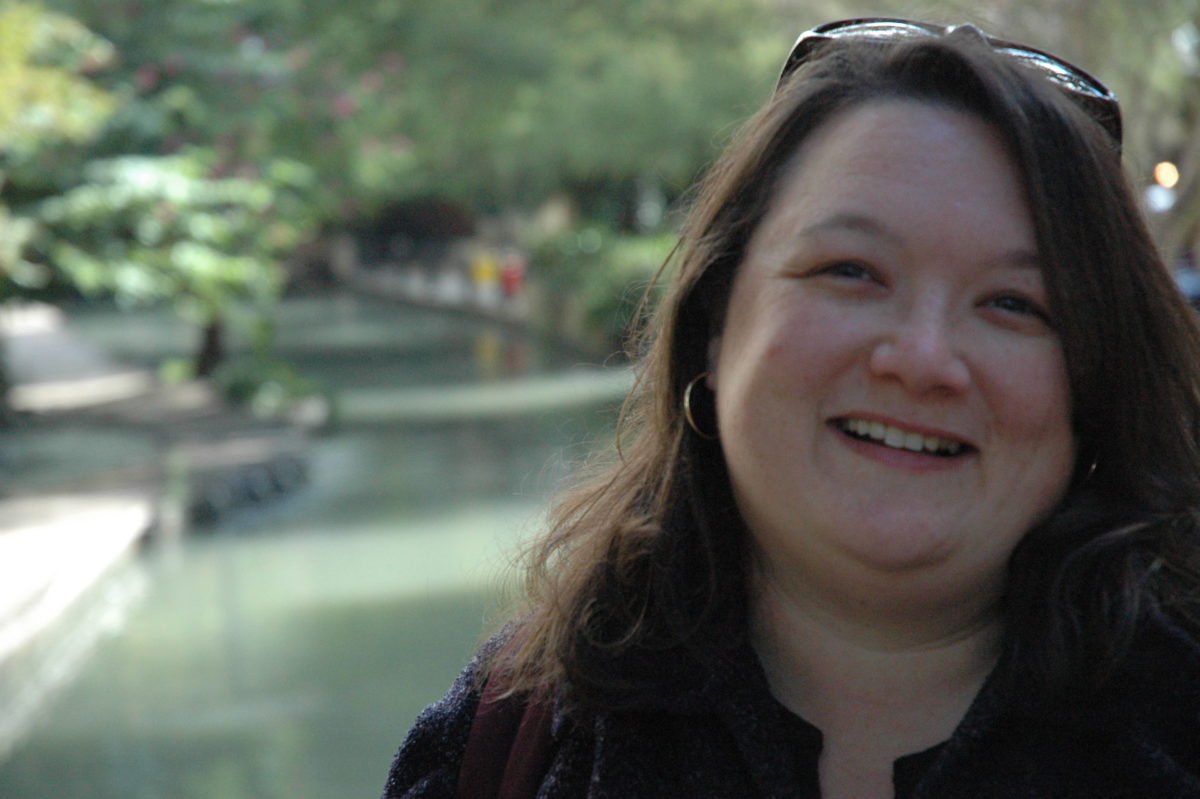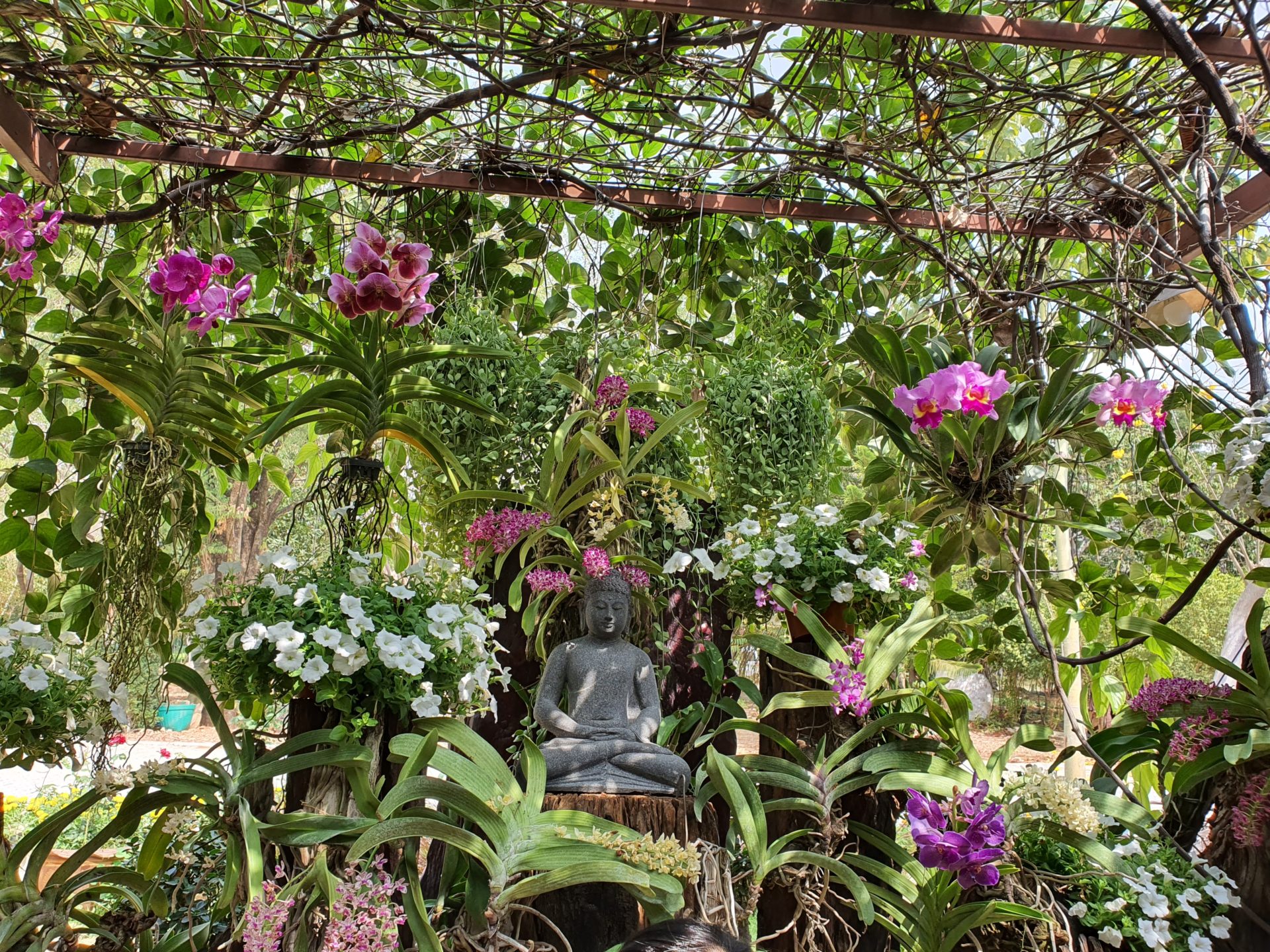By Lauren M. Connolly

I had a difficult time in the early days of the stay-at-home orders. As a teacher, I was still working. My time was consumed with my students’ needs, as my students were suffering from this disruption to their lives and were required stay at home. For three weeks, my mind and body were in chaos. The pandemic required me to move my lessons from the classroom to remote learning.
By Lauren M. Connolly

I had a difficult time in the early days of the stay-at-home orders. As a teacher, I was still working. My time was consumed with my students’ needs, as my students were suffering from this disruption to their lives and were required stay at home. For three weeks, my mind and body were in chaos. The pandemic required me to move my lessons from the classroom to remote learning. The long days of busyness stretched into long nights of restlessness. I felt lost and distant from my students, my work, and my meditative practice.
I realized I needed to find a way back to myself and my practice and incorporate small steps into each day. I started my day by taking a shower, checking my email, and having a cup of tea. I then mindfully moved through the day and focused on work and home. I tried to find small ways to remain present in whatever I was doing, whether it was preparing lessons for my students, conducting virtual meetings with colleagues, or enjoying a meal with my family. I gave my attention to one thing at a time.
Soon, I implemented more purposeful pauses to my day. I started with a simple habit to bring back the joy in drinking a cup of tea. I practiced Thay’s “Drinking a Cloud” meditation. As I watched the steam rise from my cup and noted the remnants of tea at its bottom as I stirred, I thought of the distant people and places who helped connect me to my tea, and I appreciated how this cup of tea found its way to me.
I found moments to meditate and be with myself. I created one-minute pockets of time to invite the bell and hear the sound in and around me. I focused my energies on how to sit and let go of the anxiety and fear of an unknown future. With these short meditations, I realized I wanted to get back to a simpler way of managing my day. I spent time outside; using Thay’s techniques, I observed the flowers of spring and meditated on them as they bloomed and slowly died, reminding me of the many parts within the universe..
Even though these meditations brought me back to more mindful living, I used my well-read copy of Thay’s The Mindfulness Survival Kit to work through the practices and ground myself. I charted how the Four Noble Truths and the Noble Eightfold Path looked in my daily life, as I live in a world in which I am physically distant from many family members, friends, and colleagues. Working through this process allowed me to identify a path in which I could continue to show loving kindness even while maintaining physical distance. I developed my meditation with letter writing. Practicing right speech, I connected to friends and family in more meaningful ways than a quick “like” on social media. Bringing joy through the mail is unexpected, and it reminded me of the pleasure of having a pen pal as a child and learning about the world.
I thought about how I cold continue to grow. Living far away from a Sangha but continuing to need guidance, I am planning for the long term and developing my practice with Brother Phap Hai’s book Nothing to It. This book allows me to find ways I can incorporate more mindful rituals in my life. As I look into the future with a forecast of continued uncertainty, I am optimistic about transforming my restlessness to increased mindfulness that will last long after the pandemic.

Lauren M. Connolly, Ph.D. is a college professor in writing, as well as a writer and artist who finds joy and wonder in family, friends, and the world around her. She lives in the Pacific Northwest, US and participates in Sangha Live/World Interbeing Sangha online. You can visit her website at www.laurenmconnolly.com.

